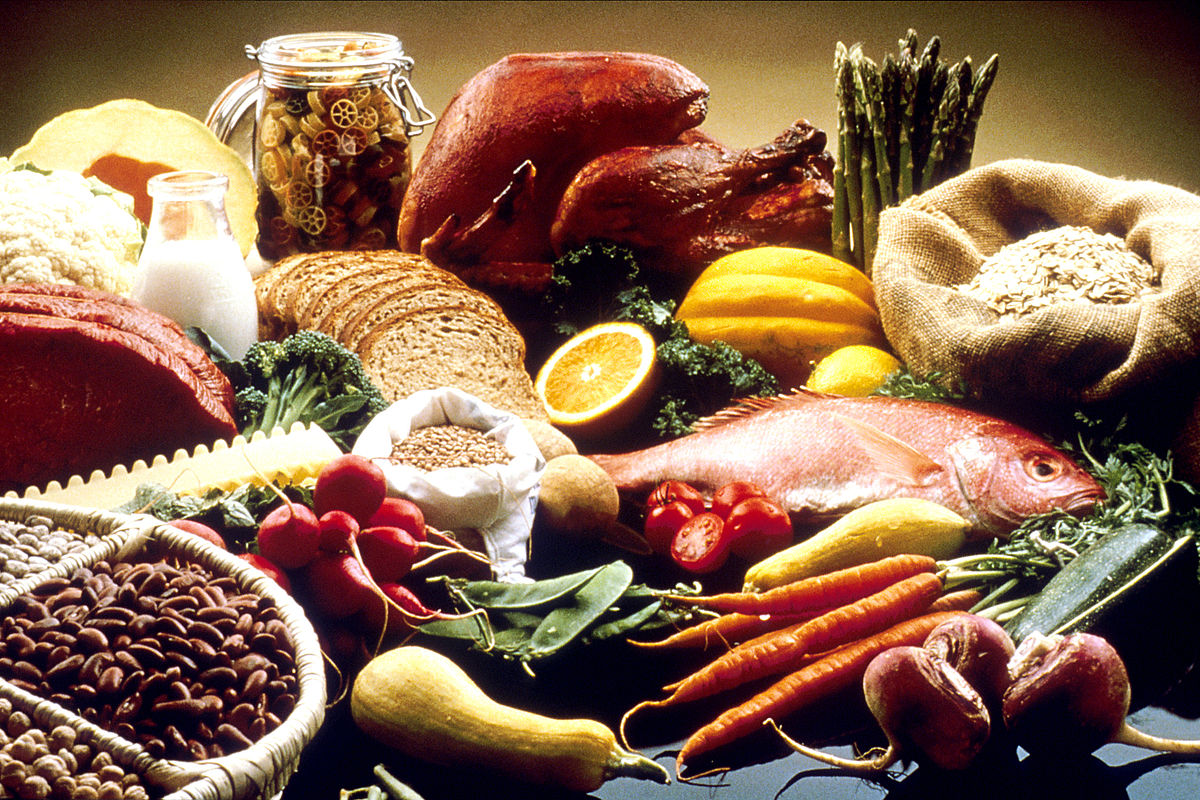The Government has published its Food Strategy for England called ‘Towards a Good Food Cycle’. It sets out the challenges faced by the food system, a vision of what a ‘good food’ system would look like, and the outcomes that would deliver such a system. There are ten of these outcomes but they are somewhat banal in that they tend to be vague aspirations that it would be difficult to disagree with. The Strategy has little in the way of concrete actions to drive these outcomes, but it does make linkages with the plethora of other Government initiatives such as the Land Use Framework, 25-Year Roadmap for Farming and Farm Profitability Review. The full Strategy can be found at – https://www.gov.uk/government/publications/a-uk-government-food-strategy-for-england .
The overal vision for a ’21st Century’ food system encompasses;
- a thriving food sector – contributing to economic growth and a productive UK population
- a healthier population – the Strategy refers to the ‘Good Food Cycle’ which is set out in contrast to the ‘Junk Food Cycle’ identified by Henry Dimbleby in his 2021 Food Strategy (see https://www.nationalfoodstrategy.org/)
- lower environmental impact from food production
- a more resilient food change – in the face of climate change and a more volatile geopolitical situation
The ten outcomes that are meant to deliver this vision are;
- An improved food environment that supports healthier and more environmentally sustainable food sales
- Access for all to safe, affordable, healthy, convenient and appealing food options
- Conditions for the food sector to thrive and grow sustainably, including investment in innovation and productivity, and fairer more transparent supply chains
- Food sector attracts talent and develops skilled workforce in every region
- Food supply is environmentally sustainable with high animal welfare standards, and waste is reduced
- Trade supports environmentally sustainable growth, upholds British standards and expands export opportunities
- Resilient domestic production for a secure supply of healthier food
- Greater preparedness for supply chain shocks, disruption, and impacts of chronic risks
- Celebrated and valued UK, regional and local food cultures
- People are more connected to their local food systems, and have the confidence, knowledge and skills to cook and eat healthily
As can be seen, these are all worthy goals that it would be hard to argue with. In Government, the easy bit is to set out desirable outcomes. The hard bit is making it happen. Whilst the Strategy links to existing policies with achieving these ends, there is nothing really radical or transformational in it.
If you found this article useful, there are numerous additional articles published each month on our Professional Update bulletin service. You can access a no obligation 90-day free trial via the link below.
Sign up to the Professional Update

















